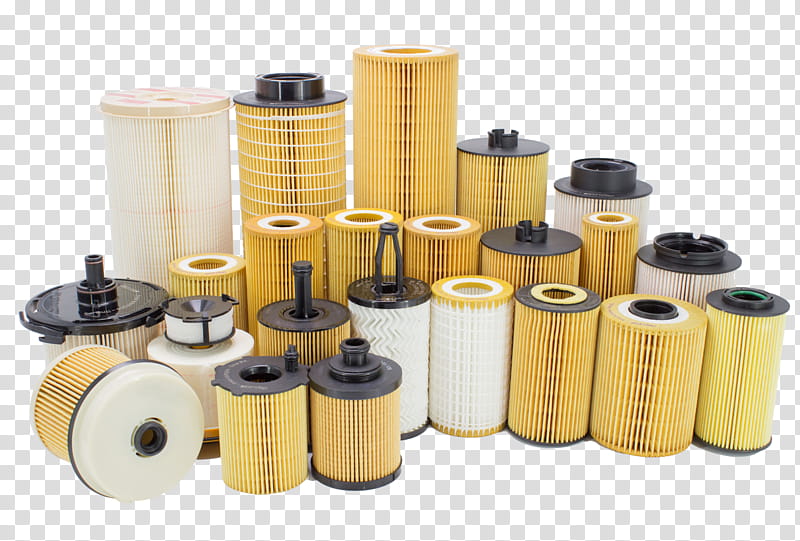Oil filter elements play a vital yet overlooked role in maintaining engine health and long-term performance. These small but essential components help remove contaminants from motor oil, keeping vital engine parts running smoothly. Let’s take a closer look at oil filter elements and their importance.
What are Oil Filter Elements?
Oil filter elements are the filtering medium inside an oil filter housing. Made from a paper, fiber or synthetic material, the element has millions of tiny pores that trap dirt, metallic debris and other contaminants circulating through your engine’s oil. As dirty oil passes through the element on its trip back to the oil pan, these microscopic particles get trapped in the fiber matrix. Clean oil then exits out the other side to lubricate and cool vital engine components.
Types of Oil Filter Elements
There are a few main types of oil filter elements:
– Paper Elements: Traditional paper elements are the most common. Made from multiple layers of oiled paper, they are inexpensive but less durable than synthetic options.
– Fiber Elements: These elements use strands of fiberglass, nylon or other materials as the filtering medium. They are more resilient than paper but also more expensive.
– Synthetic Elements: The latest engine oils demand premium synthetic filter elements for maximum performance. Made from interwoven synthetic fibers, they have the finest pore size for superior filtration and excellent longevity. However, synthetic elements carry a higher price tag.
– Bypass Valve Elements: Some high-performance oil filters include a spring-loaded bypass valve built into the element. If the filter becomes clogged, the bypass allows a small amount of dirty oil to flow around the element rather than starve the engine of lubrication.
How Oil Filter Elements Work
As the crankshaft spins and distributes oil throughout the engine, it collects dirt and debris from normal engine wear. The oil’s main job is to lubricate moving parts, but it also helps transport these small contaminants away from critical components. Here’s what happens next:
– Dirty oil exits the engine and enters the oil filter housing under pressure.
– As it passes through the Oil Filter Elements from the inner tube outwards, microscopic particulate gets trapped in the pores of the filtering medium.
– Clean oil emerges from the outer shell of the element and re-enters the internal oil passages and galleries.
– The trapped debris remains contained within the element, keeping fresh oil purity at a maximum to protect the engine.
Importance of Regular Oil Filter Changes
Over time, the pores within an element inevitably get clogged with trapped particles. Oil flow is reduced, and the element loses its ability to filter effectively. Most expert recommend changing your oil and filter at the same time, usually every 3,000-7,500 miles depending on your vehicle and driving conditions. Neglecting filter changes can have serious negative effects:
– Dirty oil cannot properly lubricate and cool the engine. Vital parts like pistons, rods and bearings suffer accelerated wear as a result.
– Unfiltered oil allows abrasive grit to circulate, acting like fine sandpaper and grinding down precision clearance surfaces over time.
– Sludge and varnish form quicker in oil deprived of regular filter changes, leading to system breakdown and costly repairs down the road.
– Fuel economy drops and emissions increase as engine efficiency is compromised.
Choosing the Right Oil Filter
When replacing your oil filter, it’s important to select the type recommended by your owner’s manual. Use only filters from reputable brands like Fram, Wix or Bosch that meet or exceed OEM specifications. Avoid cheap knockoffs that may use inferior materials in the filter element. A high-quality filter is affordable insurance for your engine’s long term health and vitality.
Analyzing Used Oil Filters
Mechanics can analyze the condition of used oil filters for clues about potential problems developing inside the engine. Dark, thick deposits on the element indicate sludge formation from dirty oil, while small metal flakes suggest bearing wear. Filter metal shavings signal a more serious issue brewing that demands further inspection. By changing filters regularly as scheduled maintenance, such red flags are far less likely to emerge.
In summary, engine oil filter elements play an under appreciated yet mission-critical role in keeping your engine running at peak performance over many tens of thousands of miles. A few minutes and low cost of a regular oil and filter swap ensures maximum protection for one of your vehicle’s most valuable components. Don’t neglect this important maintenance task—your engine will thank you with smoother operation and greater longevity down the road.
*Note:
1. Source: Coherent Market Insights, Public sources, Desk research
2. We have leveraged AI tools to mine information and compile it.


